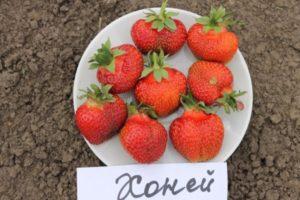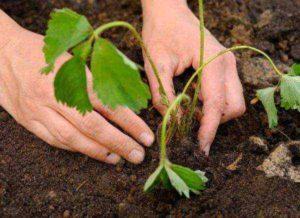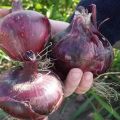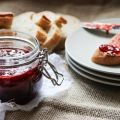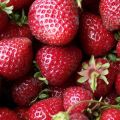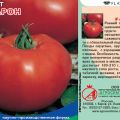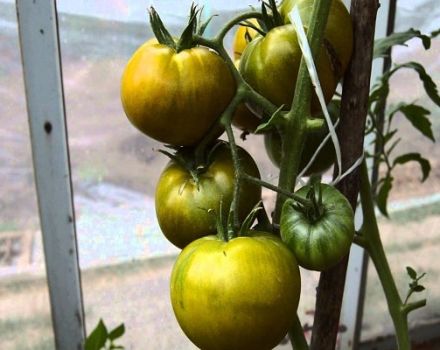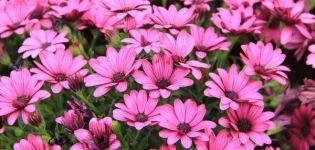Description of strawberries variety Baron Solemacher, growing from seeds, planting and care
When growing strawberries Baron Solemacher, it is enough to adhere to the basic rules of agricultural technology to get a bountiful harvest. This dessert type of berry culture attracts the attention of gardening lovers with its relative undemanding to growing conditions, sufficient winter hardiness for mid-latitudes and the ability to bear fruit throughout the warm season.
Characteristics of the variety
Remaining strawberries Baron Solemaher (lat. Baron Solemaher) belongs to the Alpine varietal group. It was obtained in 1935 by German breeders from wild strawberries. The plant is of an early ripening period, it begins to bear fruit already in the year of planting in an open area. The high yield of the variety lasts for 3-4 years.
Strawberry bushes are compact in size, their height is 15-20 centimeters, the shape is spherical, the spreading is average. The leaf mass is distinguished by a light green color, the presence of pubescence, jagged edges. Short flower stalks distinguish strawberries from other varieties, they grow below the level of the leaves.
Already in May, you can see the appearance of a large number of peduncles with small snow-white flowers, and in early June - the first harvest. The berries ripen continuously throughout the summer season.
Alpine strawberry Baron Solemacher does not form a mustache, it is grown in seedlings and by dividing the bush. After planting in a permanent place, young plants quickly take root, "go" into growth, and the next year they can be propagated by division. Strawberry flowers are bisexual.

Description of strawberries
Berries of the Baron Solemacher variety have a conical shape, a bright red color and a gloss on the surface. Their weight does not exceed 3-5 grams. The pulp of the fruit is dense and juicy, the aroma is pronounced, forest. The strawberry taste is sweet, there is a slight sourness.
The sugar content of strawberries Baron Solemacher is 7.7%, and the acidity is in the range of 0.6-0.8%. The content of vitamin C in berries is 82.4 milligrams per 100 grams.
The harvest has a dessert purpose, the tasting score in relation to taste is 4.2 points. Strawberry berries are able to maintain their market indicators for a long time, they can be used both for fresh consumption and for winter harvesting.
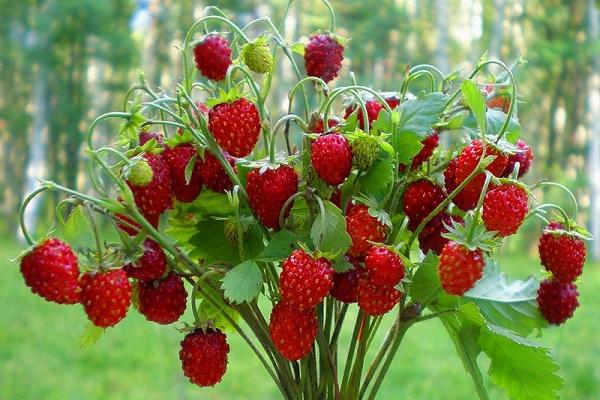
Advantages and disadvantages
Experienced gardeners note among the positive characteristics of strawberries:
- The ability to form ovaries even in the rainy season.
- High performance indicators, up to the onset of cold weather.
- Seed germination rate is 95%.
- Sufficient drought and frost resistance (up to 35 degrees) of the bushes.
- Increased immunity to major ailments and parasitic species.
- Does not require large areas for placement (due to the absence of a mustache).
- Long fruiting period.
- Unpretentiousness to the conditions of detention.
- A stable yield when grown both on a windowsill and in open areas.
But, despite the whole list of advantages, strawberries have their own disadvantages:
- the need to transplant bushes every 3-4 years;
- proper care is needed for long-term fruiting;
- lack of timely feeding reduces yield indicators.
When planting the strawberry variety Baron Solemacher, it is recommended to adhere to a certain technology in order to provide the seedlings with comfortable conditions for growth and development.
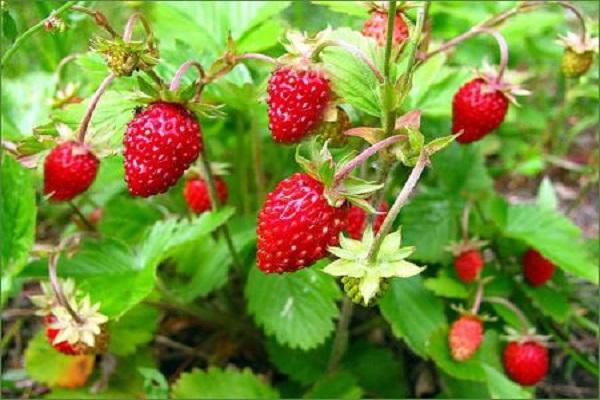
Planting strawberries Baron Solemacher
According to the description of the variety, it is optimal to plant young seedlings in a permanent place in June. Such terms make it possible for plants to quickly adapt to new conditions, take root, and, under favorable circumstances, give the first strawberry harvest by autumn.
Selection and preparation of the landing site
Best of all, the bushes take root in well-lit glades, with moderate soil moisture. It is not worth planting alpine strawberries in damp lowlands, in beds with a close location of groundwater or where tomatoes and potatoes used to grow. In the case of planting strawberry seedlings in areas with an excessive level of humidity, it is necessary to make high beds with wooden sides. This approach will avoid further rotting of the root system.
Since strawberries prefer fertile soils, it is recommended to add rotted compost, wood ash or a mineral complex mixture before planting, preferably in autumn. High rates of productivity are observed when planting strawberry seedlings in the place where garlic, onions, carrots, legumes and spicy herbs grew before. Planting near raspberry plantations and plums often results in raspberry-strawberry weevil infestation of strawberries.
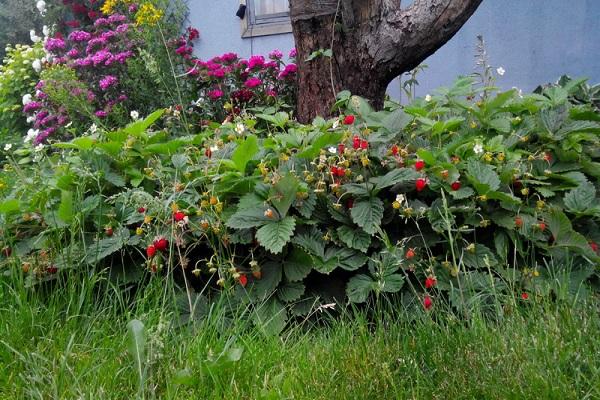
How to properly plant strawberries
In order for the plants to have enough air, light, and nutrients, it is necessary to maintain a certain distance when planting bushes. Density of plantings is one of the reasons not only for the decrease in yield, but also for the poor development of the plants themselves.
Particular attention should be paid to the growth point. Ideally, it should be flush with the ground. If the growth point is very deep, then the strawberries will not be able to fully develop. Exposure of root processes threatens with a low degree of adaptation of the seedling or its death. When planting varieties, it is very important not to allow excessive moisture in the soil, otherwise there is a high probability of developing fungal diseases.
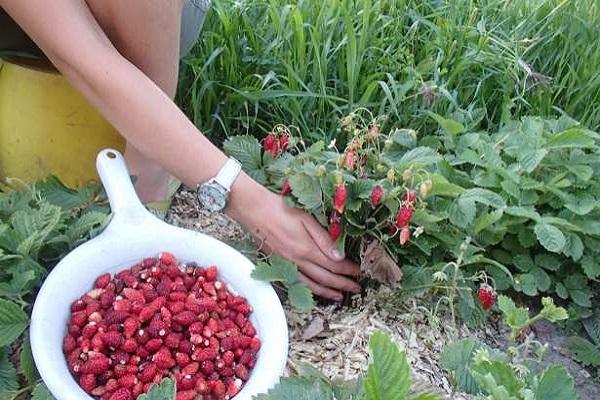
Landing patterns
With a one-line planting of strawberries, a distance of 60-80 centimeters between rows is maintained, and between young bushes - 15-25 centimeters. If a two-line planting scheme is used, then the interval between plantings should be 20-40 centimeters, and between rows - 80 centimeters, at least 60 centimeters.
The best time for planting is cloudy weather, morning or evening.
How to care for your culture
In order for the plants to bear fruit abundantly, it is necessary to timely moisten the soil, feeding procedures and loosening.

Watering mode
Strawberries Baron Solemacher gratefully responds to regular and moderate irrigation. For active growth and effective fruiting, watering is carried out with warm, settled water. Spend 1 liter of liquid for one planting.In the hot and dry season, the frequency of watering is 2-3 times a week. Plants are especially in need of irrigation at the stage of flowering, ovary formation and fruit ripening.
The best way to moisturize strawberry plantings is to organize drip irrigation. With a regular supply of moisture to the underground part of the bushes, stable fruiting and rapid ripening of berries are observed.
Top dressing
Throughout the season, the soil in the garden bed is saturated with useful components several times so that the strawberry bushes do not lack nutrition. The first time fertilizer mixtures (ammonium or potassium nitrate, organic matter) are used in March, when the snow melts. They are used according to the instructions, not exceeding the permissible rate, otherwise, instead of benefit, the plants will be harmed. So, excessive application of nitrogen composition significantly reduces productivity indicators, provoking only an intensive build-up of green mass.
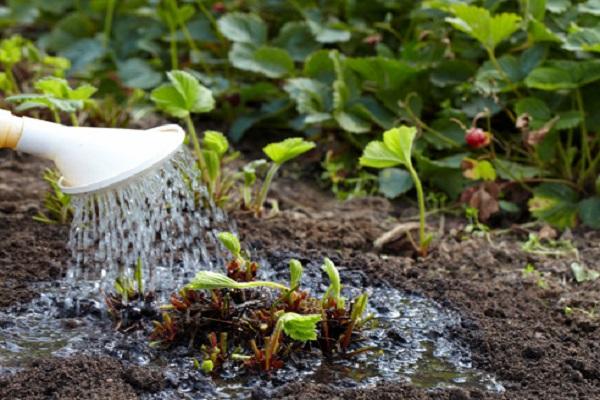
At the stage of ovary formation, it is effective to use phosphorus and potassium compounds, diluted slurry, and a compost-based solution. In the fall, chicken manure should be introduced in a diluted form.
Weeding, loosening and mulching
To prevent weeds from taking food from the bushes, they are regularly removed. Along with this, loosening of the soil is carried out. You can protect plantings from the scorching sun and low temperatures by using mulch. Sawdust, peat, conifer bark are suitable for these purposes.
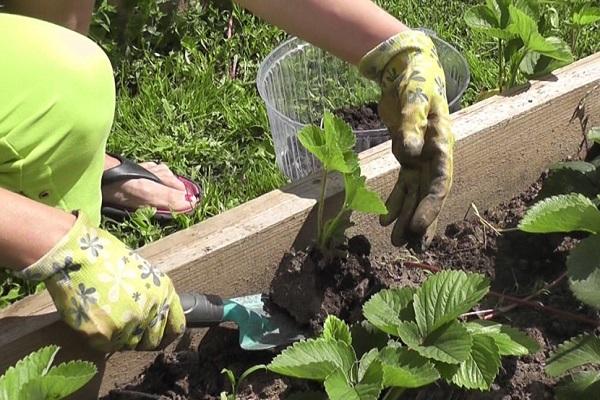
Preparing for winter
First of all, you should inspect the bushes, cover the bare roots with soil. Add mulch if necessary. Cover the plants with agrofibre, but only after the first frost. Covering material is removed during the thaw period. Between the rows, to retain snow, it is good to lay spruce branches. Watering in the fall is not needed.
Processing strawberries from diseases and pests
Despite the high immunity, strawberries can be affected by rot, spotting. In order to prevent the disease, it is recommended to spray the bushes with 3% Bordeaux liquid in the spring, 1% colloidal sulfur in the summer, and copper-based preparations.
At the stage of fruit ripening, treatment with Lepidocide is needed. In autumn, the plantation is sprayed with 1% Bordeaux liquid. It is effective to use a solution of Karbofos, Keltan against strawberry mites.
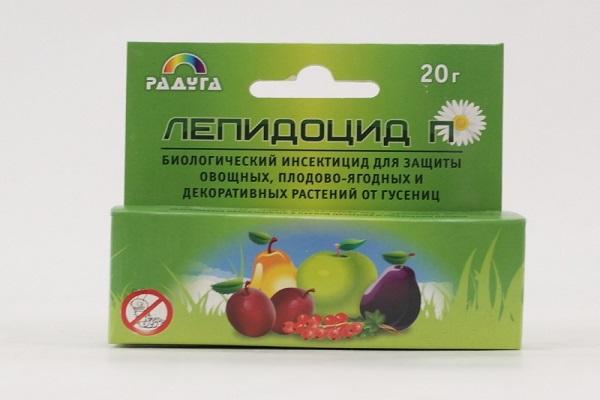
Reproduction methods
When growing strawberries Baron Solemacher from seeds, you need to use high-quality material - large and overripe berries, without traces of diseases. The top layer is carefully cut off with a sharp knife, laid out for drying and better separation of seeds in a well-lit place. Store them in bags, paper bags, in a dry place. Their shelf life is 3-5 years.
If the method of dividing the bush is used for reproduction of the variety, then the cuts are made according to the points of growth. They are planted in the soil after a short drying. To speed up the adaptation process, a temporary greenhouse is being built.
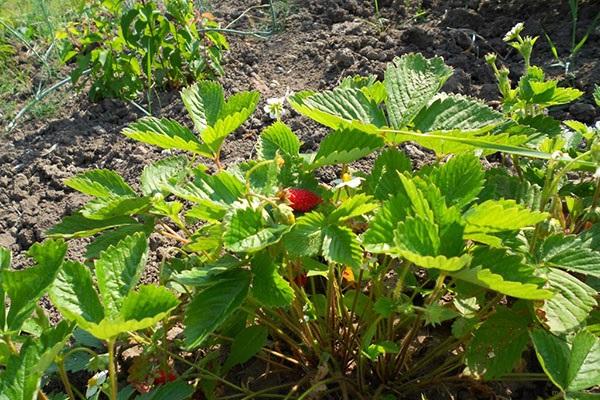
Harvesting
When the berries began to ripen in unison, it is advisable to harvest the harvest every 2 days. The best time is evening and morning. For the transportation of products, the fruits are harvested immature, carefully laid out in boxes. At a room temperature of 1-4 degrees, the crop can be stored for a week. But the humidity should be increased.
The strawberry variety Baron Solemacher is an excellent option for growing both on the balcony and in the open. Correct agricultural technology is the key to a rich harvest.
